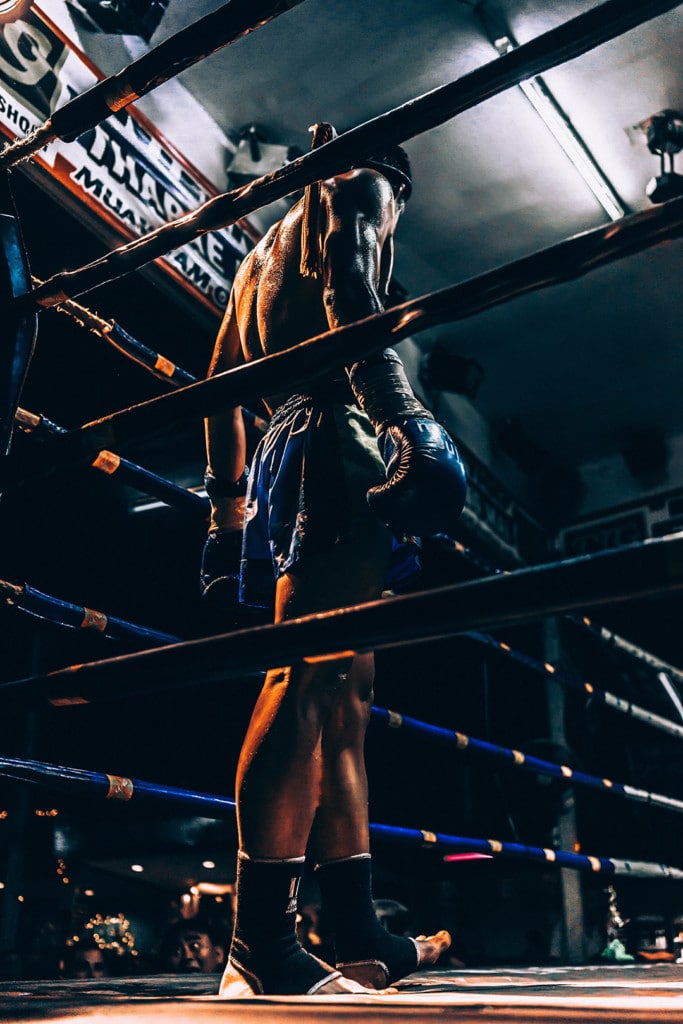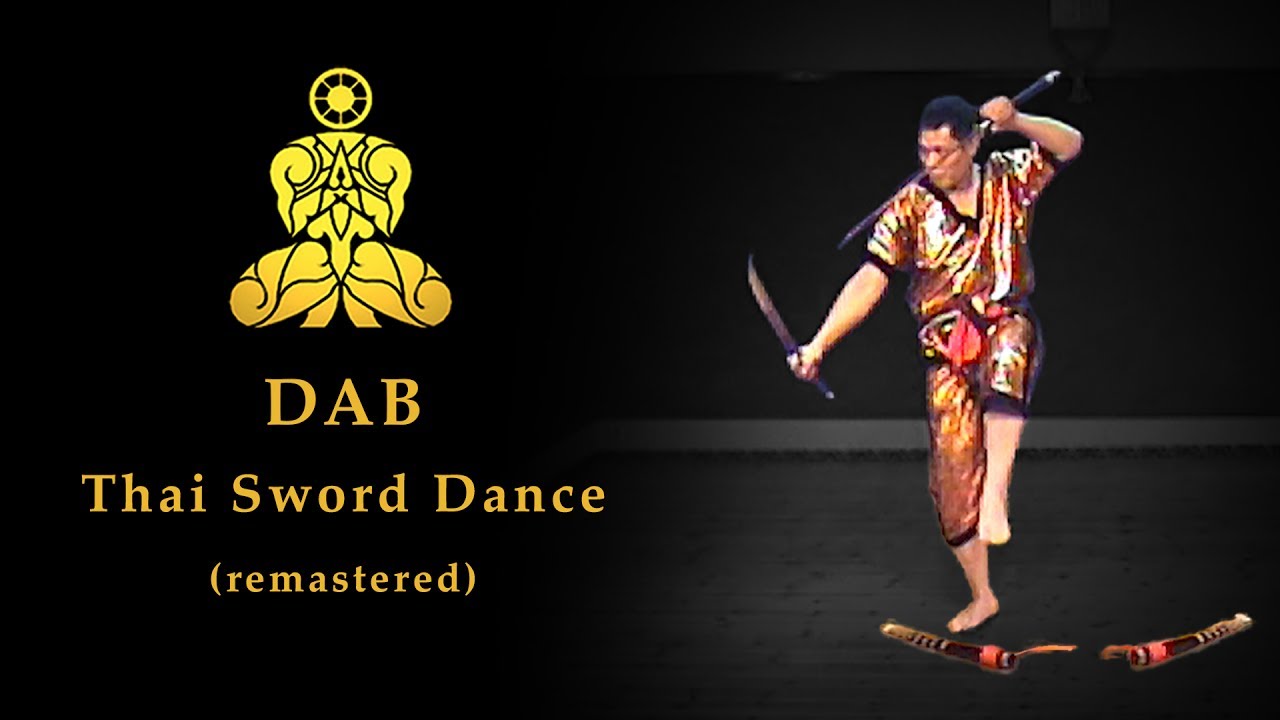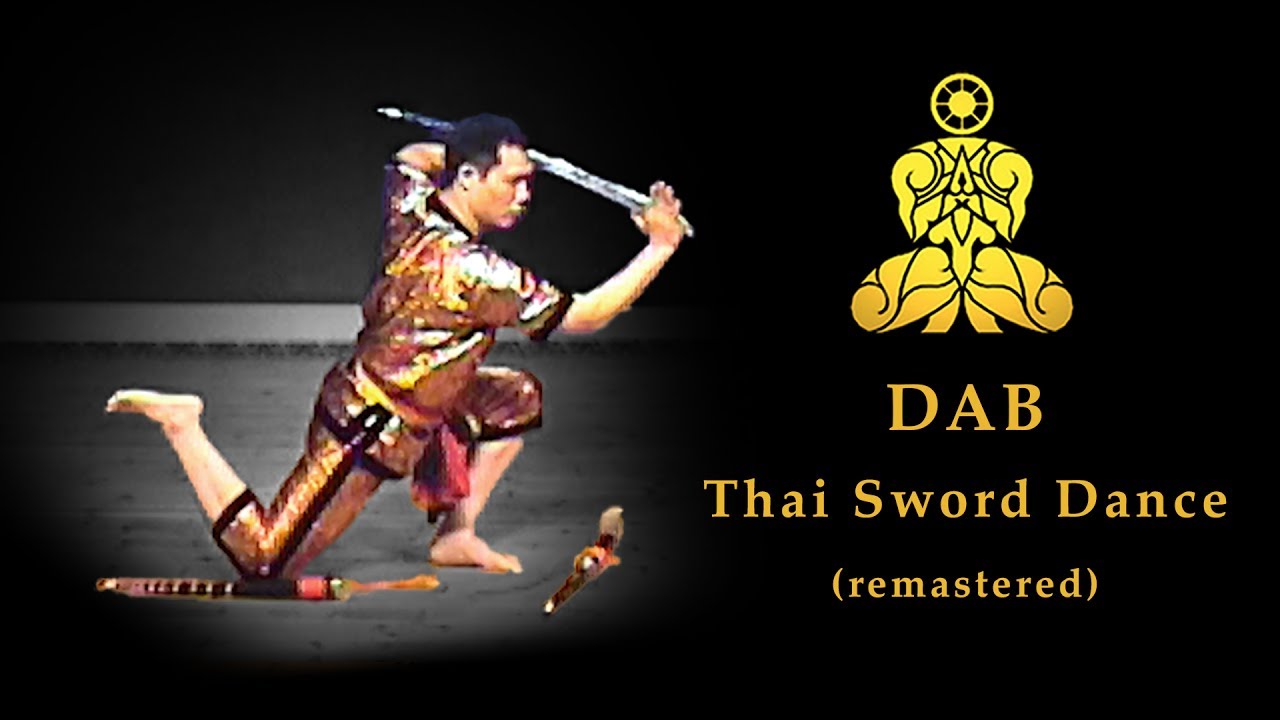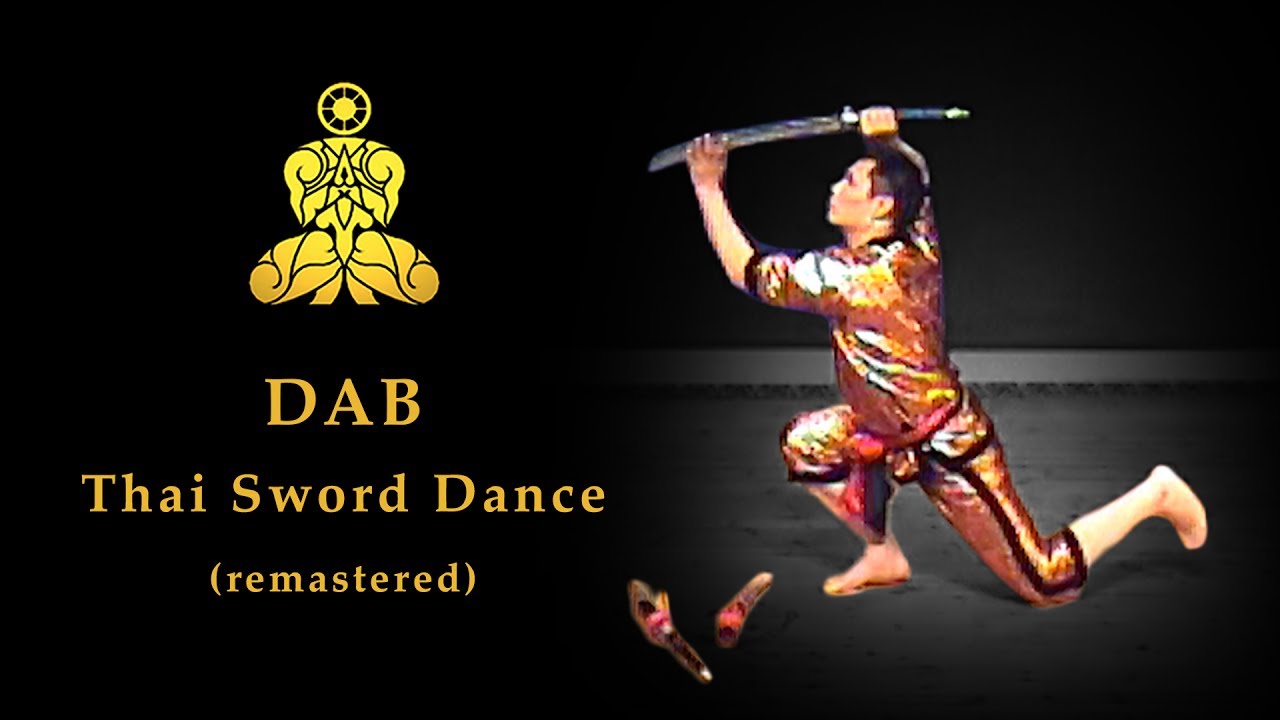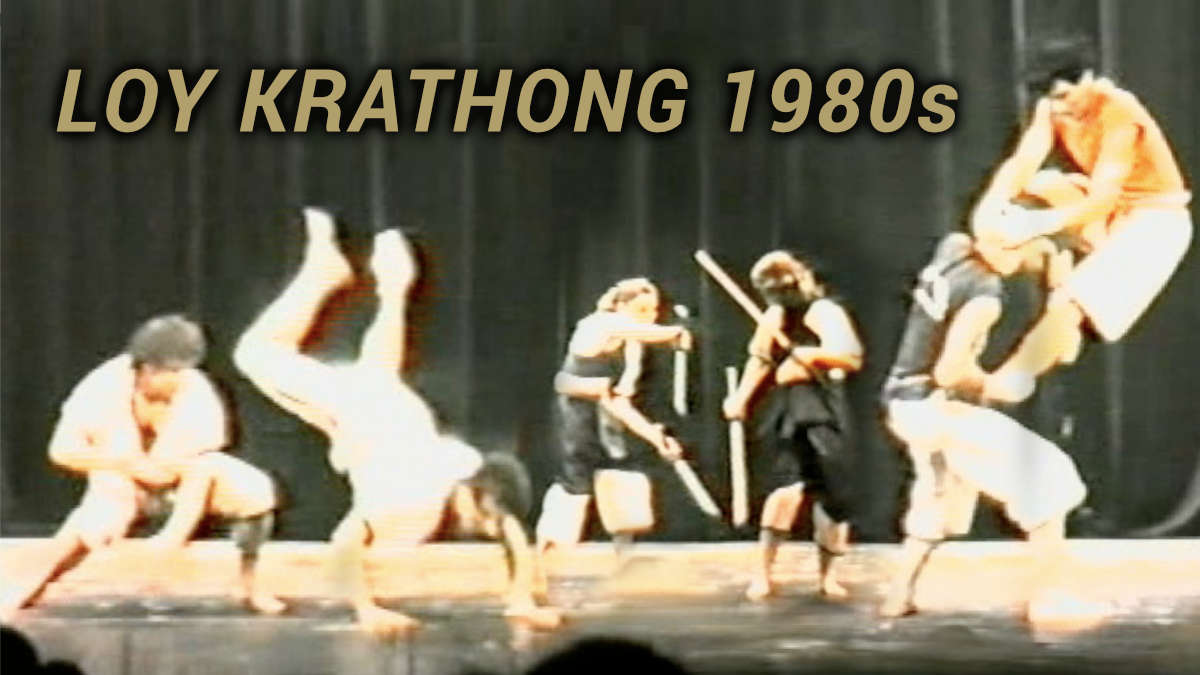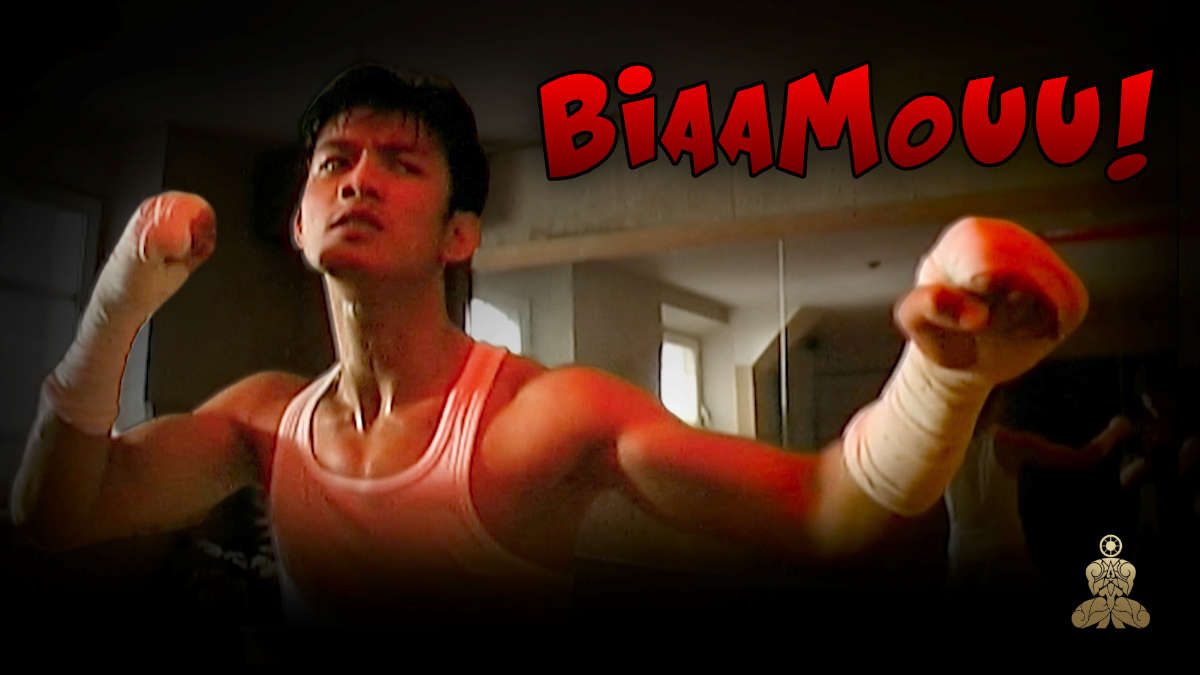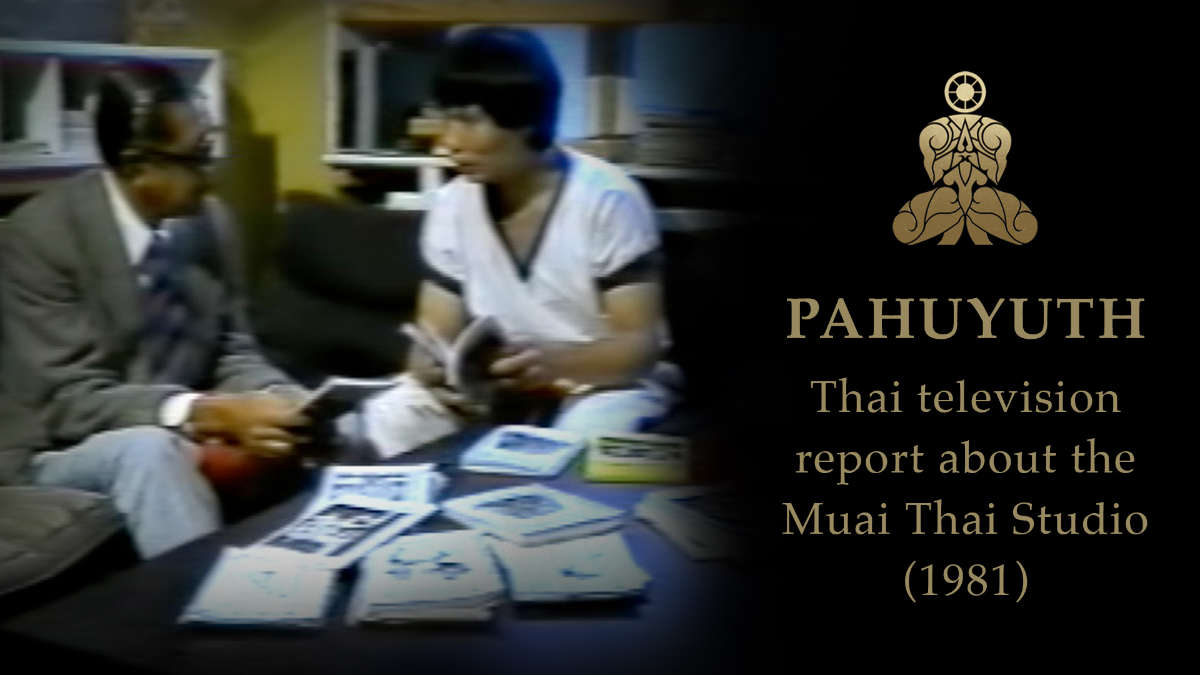Content
The RAM MUAI and why we no longer teach it
The so-called Ram Muai is a ritual that was part of the training program of the Pahuyuth discipline MUAI for many years and was removed from the official curriculum in 2018 (according to Western calendar). We will explain below why this is the case.
Ram Muai / Ram Muay – What is it?
Anyone who has ever seen a Muay Veti (Muay Thai) fight knows that before the start of such a fight, the fighters first perform a ritual “dance” to a special music. This ritual is called “Wai Khru Ram Muay” (Greetings Teacher Dance Muay).
In the tradition of this sport, this ritual is of great importance. The Ram Muay serves to express gratitude and deference to various personalities. Not performing Ram Muay would be a serious insult.
Using the Ram Muay, experienced observers can draw conclusions about a fighter’s origin, fighting style, and individual abilities. This has a special relevance for the betting business, because bets can already be placed on this basis.
In earlier times, it was common for fighters who could already see from the opponent’s Ram Muay that they would lose the fight, to withdraw from the fight. In this case even without suffering a loss of face.
Kickboxing often prohibits the performance of a Wai Kru Ram Muay by rules.
No boxing match without a dance – the Ram Muay belongs to every real Muay Veti match.
The origins of this ritual
Even in the days of the Glie tribes, it was customary to say goodbye to life and to the companions (creators, parents, teachers, friends and relatives) before the start of a battle or a campaign with a ritual dance. Based on the knowledge of the Saiyasart, ancestors and warriors of the past were also called and asked for help.
Since there was no MUAI or Muay Veti (Muay Thai) at that time, it can be assumed that the first of these dances were performed by Pahuyuth weapon fighters (for example DAAB swordsmen).
Certain forms of Ram Daab (sword dance) were later also used in executions. The convict was positioned kneeling with his head on a wooden block and a suitably qualified swordsman performed a dance at the end of which the convict was beheaded.

In the course of the development of the MUAI around 900 A.D., the custom arose to perform such a dance before the beginning of each fight. Later developed fighting styles, like Krabi Krabong or the Muay Veti (Muay Thai) took over this tradition in their own way.
Through the MUAI’s return to Pahuyuth knowledge and other teachings, various traditional Ram Muai choreographies entered the MUAI curriculum and were preserved there for several generations.
Example: The Angel Dance (Ram Theb Pranomm)
There are different Ram Muai variants. One of the oldest surviving Ram Muai is the so-called “Angel Dance” (Ram Theb Pranomm):
The fighter begins this dance sitting on the model of the divine Thep (angel), who honors The God with the four faces (Pra Prohm). From the movements of this dance, the mastery of the four body’s own weapon elements (faut, foot, elbow and knee) can be read out.
The movements in this choreography reveal the mastery of the individual techniques by the fighters and his steadfastness.
Other Ram Muai forms:
- “Dance of the Monkey God Who Hands Over the Ring” (Ram Hanuman Tawaii Waen)
- “Dance of the Meditating Preacher” (Ram Ruesi Jam Sin)
- “Dance of the Walk of the God Naray in the Jungle” (Ram Naray Doen Dong)
- “Dance of the Monkey God over the Mountain” (Ram Hanuman Kam Kau), also known as “Dance of the Priest’s Mountain” (Ram Doy Ruesi)
- “Dance of the Young Goddess” (Ram Tehb Tida), also known as “Dance of the Shy Virgin”
- “Dance of the Old Teacher” (Ram Kru Tau), also known as “The Dance of the Hunter Who Hunts the Deer” (Ram Nay Plan Lahh Gwang)
Ram Muai choreographies mentioned above are no longer part of the official curriculum of the discipline MUAIsince 2018 (A.D.).
Why we no longer teach Ram Muai.
Pahuyuth is a 4500-year-old martial artwhose users have been exposed to a variety of threats throughout history. First there were the Chinese, then the Khmer. Later the Burmese, the Thai and many more.
Every new opponent and fighting style presented the Pahuyuth with ever new challenges. For this reason, the ancient teachers of Pahuyuth designed this martial art to allow constant improvisation, adaptation and overcoming.
The experiences, knowledge and convictions of more than a hundred generations have been incorporated into today’s Pahuyuth teaching concept. To this day, every new generation of Pahuyuth students learns the fighting knowledge that has been handed down to that point by critically questioning it in the course their individual learning process.
If something prevails, because it can be justified logically for example, it is taken over and passed on to the next generation. If it does not, it will either be changed or removed from the curriculum:
Folklore alone does not win wars – the tradition of Pahuyuth not to continue tradition for the sake of tradition, but because it has proven its worth.
Regarding the Ram Muai, three points led us to remove this ritual from our curriculum:
1. no competitions = no necessity
Neither MUAI, nor any of the other Pahuyuth disciplines deals with combat sports.
Although all MUAI practitioners are free to participate in sporting competitions at any time, there is no competition promotion or similar within the Pahuyuth.
Instead, the entire traditional training of Pahuyuth is aimed exclusively at close combat and unregulated fighting.
While the Ram Muay is right for Muay Veti (Muay Thai) and the associated betting business, there is no reason for us to continue this tradition.
2. No relevance for street combat and self-defense
The idea that you have the time and the leisure to perform a ritual dance in a dark alley, while traditional music is heard from the smartphone and the respective aggressor respectfully awaits the end of the dance, is simply absurd.
Furthermore, there is no reason to reveal to an opponent your own abilities, origin and intention in advance. This only happens in kung fu movies.
Thus, the Ram Muai has no real use for self-defense, accordingly we have no use for the Ram Muai.
3. The Ram Muai was and is not really traditional
The tradition of performing a fixed choreography for the purposes of Ram Muai originated long after the development of Pahuyuth.
The original sword, knife, staff, shield and scarf dances of the ancient Free-Warriors were different. They were and still are based on the knowledge of the Saiyasart.
The fantasy names borrowed from the Rammakian saga, such as “Dance of the Monkey God Handing Over the Ring” (Ram Hanuman Tawaii Waen), also indicate that these dances are not likely to be older than 200 years.
Rammakiern is a well-known stage play that was again translated into the Thai language under the reign of King Rama II (1809-1824) and then widely published. Although there were already some translations of the Ramayana epic before, only this version became widely known amongst the common people.
This era began only after the retreat of the ancient Free-Warriors, which is why basically all fighting styles whose techniques have such fantasy names (e.g. Muay Boran and Krabi Krabong) can not really be classified as traditional and even less as “ancient martial arts”.
The Ram Muai is therefore not really traditional and we have no reason to continue this tradition.
What follows from this
Future generations of MUAI Free-Warriors will no longer learn the so far handed down Ram Muai (see above). Also removed from the curriculum are choreographies for sword dances (Ram Daab) and other Pahuyuth disciplines.
Rituals that are actually traditional and also serve a deeper purpose, such as the Wai Kru (teacher greeting), the Wan Wai Kru (teacher memorial day) or the Warrior’s Creed will of course remain part of our teaching in the future. The same applies, to dance forms that go back to the ancient customs of the Gleeh-Warriors and the Saiyasart.
This means that Pahuyuth Free-Warriors will continue to dance and learn the necessary knowledge at the Pahuyuth School. But this in a much more authentic, more traditional and even more practical way.


